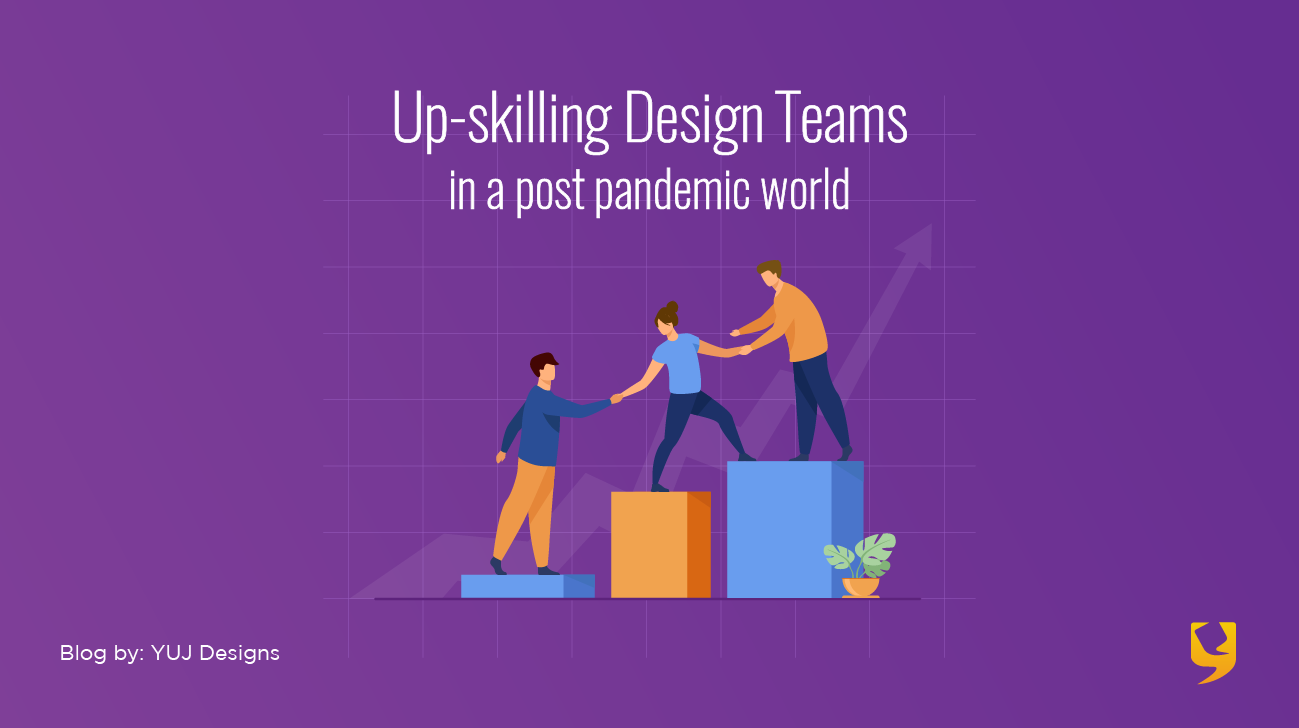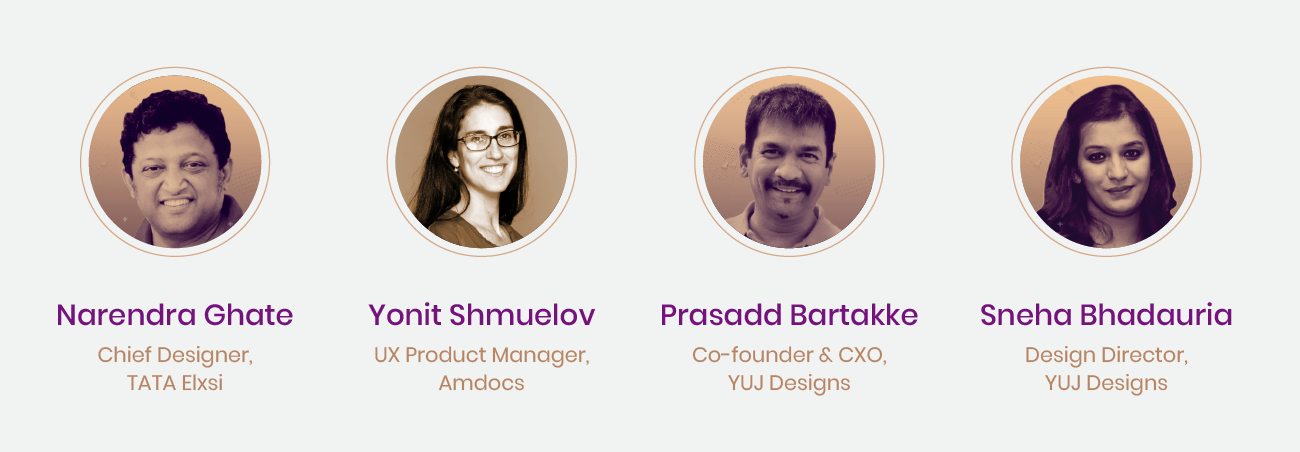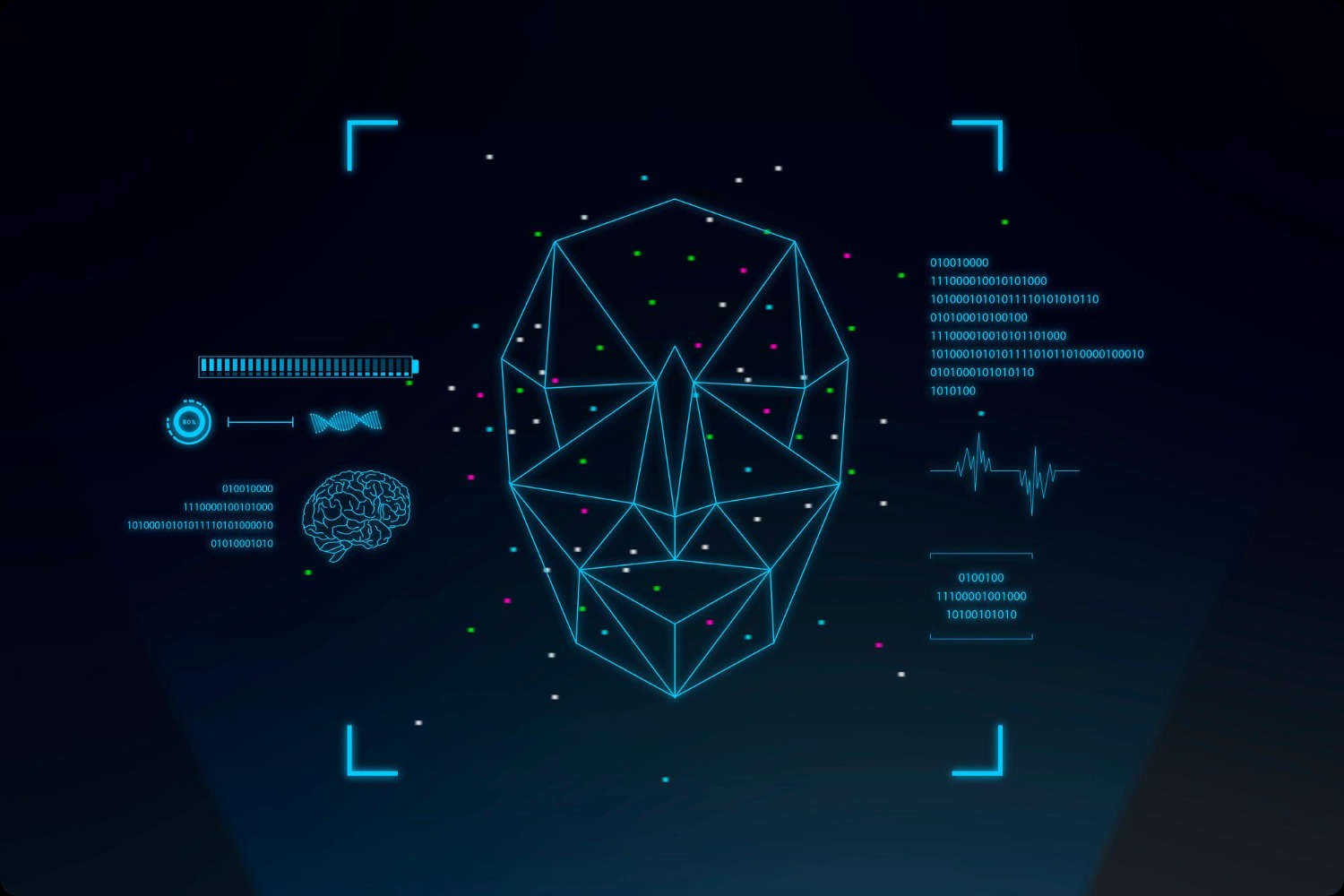
As a part of the webinar series, YUJ Designs arranged yet another successful session. This session revolved around – Up-skilling design teams in a post-pandemic world. Up-skilling has become the crucial strategy for employees and businesses alike to stay relevant in the market and to increase the overall organizational capability.
This article is a synopsis of the conversations that happened, key factors we discussed, and the knowledge that was shared throughout the webinar. We were lucky to have immensely talented speakers experienced in varied industries, sharing their wisdom with us.

Sneha (Host): Over the last few years, Design has become a major differentiator in the business world. What does it mean for the design industry post-pandemic, as business units, and as design teams?
Yonit: I’d start with my personal experience. Frankly, there is no impact on the way we’re currently working. We’ve been working for years with persons without actually meeting face-to-face. Though, we do observe how the business is changing. Everything has started online – grocery, entertainment, music, and even more. We have to adapt to newer ways of consuming goods online. This only means that the design will have to think of a wider population now and not only focus on a group. Most importantly, we’ll also have to think about the technological knowledge of our users’ which we did not consider earlier.
At the same time, our process also needs to be adaptive to the current needs. The face-to-face customer validations we used to perform will have to change. The designers will need to be more sensitive when interacting with users remotely, be able to read through the interviewed emotions, understand the body language if we can access video calls.
Narendra: Let me talk about the importance of design in the post-pandemic world. The nature of products being produced varies according to the psyche of the consumer and their purchase patterns. It was a lot faster and more in numbers in the past. Post-pandemic the consumption pattern is going to change drastically. People will slow the purchases down and they will be way more conscious of the product they’re buying. As a result, the companies will take extra time in what and when to launch. Trust in what the customer will buy will play a key role in business moving forward. Design not only provides research insights into the nuanced features that a product needs but also how to fill the gap in the market to deliver a good product to the users. A lot of the older predictions of market behavior will be out. This will require a lot of understanding in terms of how the consumption patterns are going to change.
The ability of design to give granularity or clarity to our customers in terms of how their products will be received and which products are needed would be vital.
Design will become the consultative partner to the business.
Prasadd: With these unfortunate turn of events, all of us are now working from home. Out of sight out of mind, is a big possibility now. Though, I feel this is a good opportunity for designers to prevent this alienation in work styles. My suggestion, we should keep in mind the self-reliance factor. we need to be able to build trust in the clients’ minds to rely on design for sound consulting. Design has become the front-line consultant to business now. Designers are the first ones to understand and spot the potential to grow for the businesses.
Keep in mind that, our knowledge has to be strong, it is time to sharpen your skills. Speak the language of business. And consult them basis your understanding of the users, market position and opportunities, deep user research insights. Take the results to the boardroom. Explain how the design affects the top/ bottom line of the business. We need what I call, indigenous mindfulness. That’s where innovation lies.
Sneha: The world of design being so dynamic, the endless expectations about the speed and quality of design solutions. What does up-skilling mean for designers, design teams?
Narendra: One of our dear professor Nadkarni once said – from a tradition of family doctor nowadays the medical profession has become specialized. When you look at design through this lens, when designers start super-specializing into only UX and only branding etc. it limits our ability to think holistically. Now is the time to break this pattern and grow our toolset. The designer has to have the ability to solve a problem completely and not just through his specialized domain. Designers actually have the ability to think a problem through various perspectives. This is a major requirement when we say design is a dynamic field.
Yonit: I totally agree with Narendra. Designers are not just here to beautify the designs but to provide holistic solutions. We need to think about the business needs first, what are our customers’ needs. It’s about finding the solutions that fundamentally improve the users’ experience of products.
When it comes to the expected skills of my team of designers, I want them to design well but also to understand the business well.
Sneha: Prasadd, with your vast experience of working for more than 30+ domains, what is your take on up-skilling?
Prasadd: Well, what I’ve believe is – we need to look at up-skilling strategically and not as an add-on process. It needs a structure. One would need to operationalize it carefully within the larger umbrella of design operations. So that it will be perceived as critical. Getting the base knowledge of your team right, is the foundational step to up-skilling.
Narendra: From an individual perspective, in the future clients are going to look for designers who can provide multiple things. Whether you can apply design for writing a script or for designing the UX of a product, it should be possible for a designer. Up-skilling for me, in short, is being able to apply your design thinking to various roles and projects, from being a type designer to an experience designer.
Yonit: I think up-skilling is a never-ending process. I’ve always encouraged my team members to up-skill. It can be reading enriching articles or taking up courses, subscribing to several blogs and publications by the domain experts, etc. I feel this should be the basic nature of every designer. This should happen in everyday work, taking in different perspectives from different departments, validating the quality of the solutions. It should become the nature of a designer. Up-skilling should be a part of our DNA.
On a concluding note, here’s golden advice from all our panelists:
Do not blindly follow processes as he believes Good processes hide bad designers. You should allow your instincts to grow and question the process if need be.
– Narendra
Don’t stop learning!
– Yonit
Designers should talk business more and shoulder the responsibility to take the business ahead.
– Prasadd
Amplify your brand presence with the best UX design studio that truly aligns your needs with those of your consumers! Get in touch with us at YUJ Designs, today!






